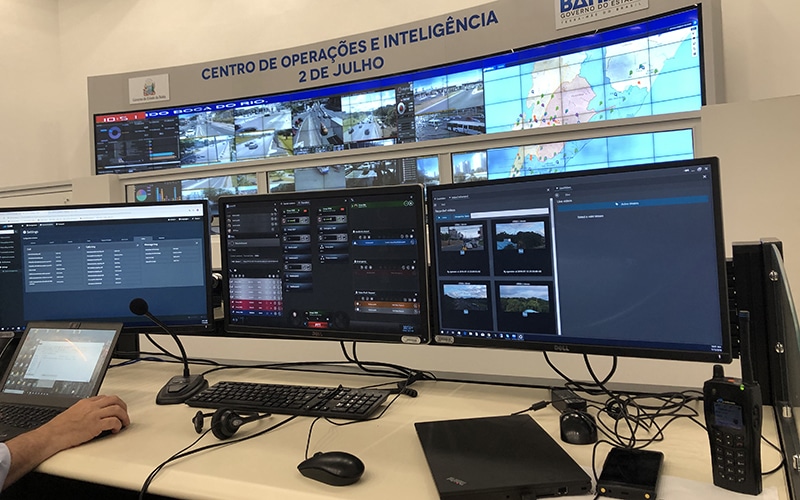Public safety and emergency response agencies play a vital role, and it is important to equip them with the best tools to do their job as effectively as possible, but also more efficiently, by optimizing all available resources.
Within all these tools, command & control centres play a decisive role; firstly, because it is the way in which citizens can report incidents, but also because, given that the different agencies usually involved in an emergency situation are managed by several entities and do not even use the same communication system, it is important that their action is well coordinated.
Thus, it is important that government entities consider the need (and obligation) of having a control centre solution for emergency attention with the maximum functionalities and possibilities offered by technology.
It should be configured as a unified communication platform, as a set of tools that allows working in an integrated way with multiple technologies. On the one hand, those used by the citizen: PSTN, public celular networks, whatsapp, applications, etc. and on the other hand, those used by the agencies themselves: PMR technologies such as TETRA, DMR, P25, LTE, analogical… Thus, Next-Gen Command & control solutions must be able to integrate multiple technologies.
But, what more characteristics should these control centers have?? First of all, they must be modular. There are many types of command & control centres and therefore these solutions require flexibility in supply, licences, configuration capacity… with the aim of offering customised solutions that meet the particular needs of each project.
It is also important that it is scalable; the solution must be able to grow over time in aspects such as the number of users, integrated technologies or the physical locations it may have. In this sense, virtualized and scalable hardware architectures offer more possibilities.
It is also valuable that the solution is configurable. Each country, each region or even the way each agency operates in a particular way, and it is necessary to customize features as basic as the way streets are registered or the format of user names. Furthermore, in environments where sensitive information is involved, privacy setting are essential: how the information is distributed, who has access and how it is protected.
In addition, it is important that all the technologies on which the solution is based are open, that the integrated protocols are standard (native SIP, VoIP, digital video streams…) as well as that it complies with the reference standards in the industry for data exchange, location, etc.
Any control center solution must be able to be operational 24×7, so it must be reliable. This will require different levels of redundancy to ensure maximum availability, so that even in case of force majeure, there are mechanisms to continue providing service.
Finally, and as has already been mentioned, it must be interoperable. It must be taken into account what interoperability characteristics this solution offers, not only at the level of communication technologies, but also of the agencies themselves and their applications and data sources, etc.
In summary, the ideal control centre would be one that allows large-scale and distributed (multi-site) deployment, configured as a multi-agency tool with flexible customisation for each operational scenario and with native SIP nodes for scalable communication needs. In addition, it must guarantee the highest availability for continuous operation by incorporating redundant elements, and it must support new broadband services such as real-time video streaming.



